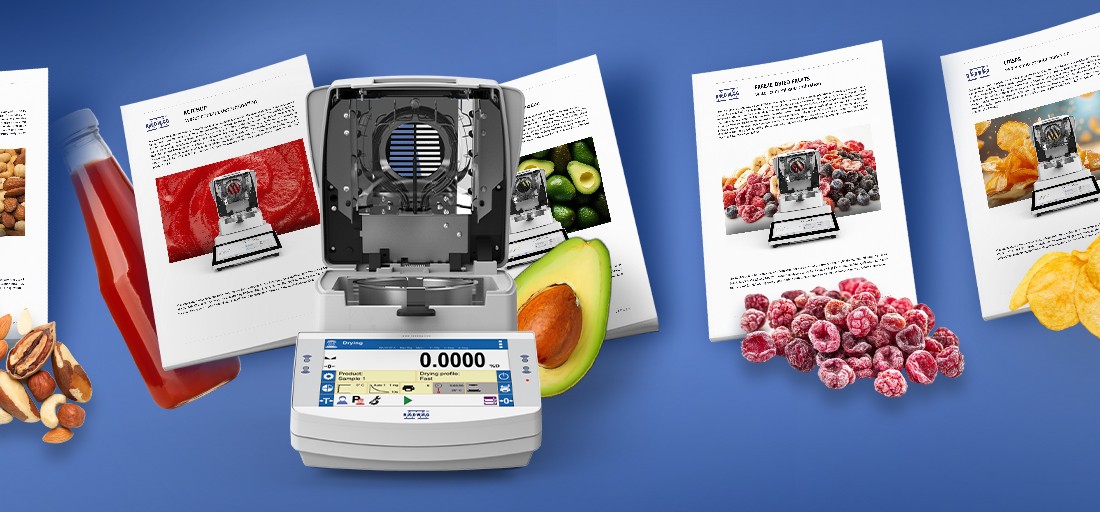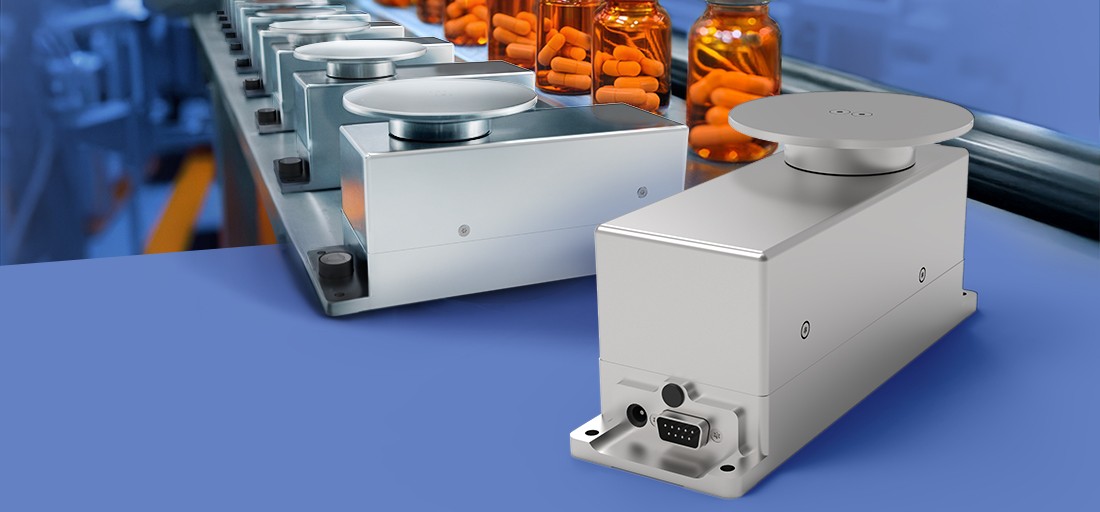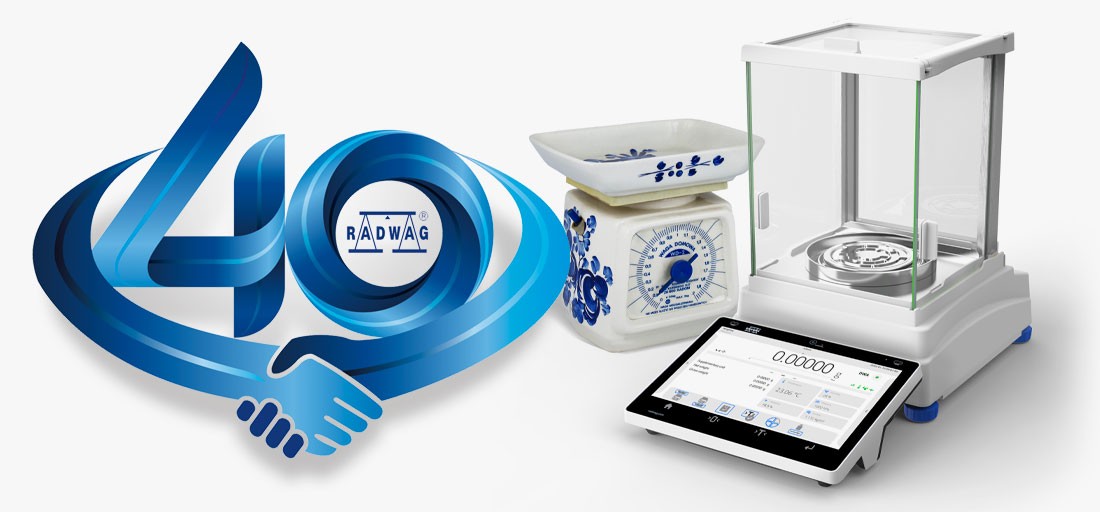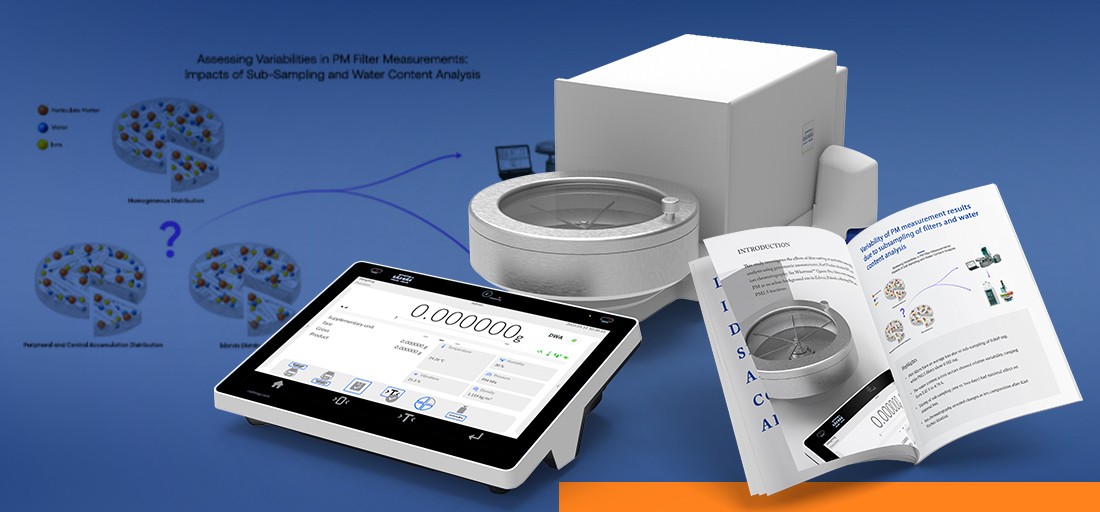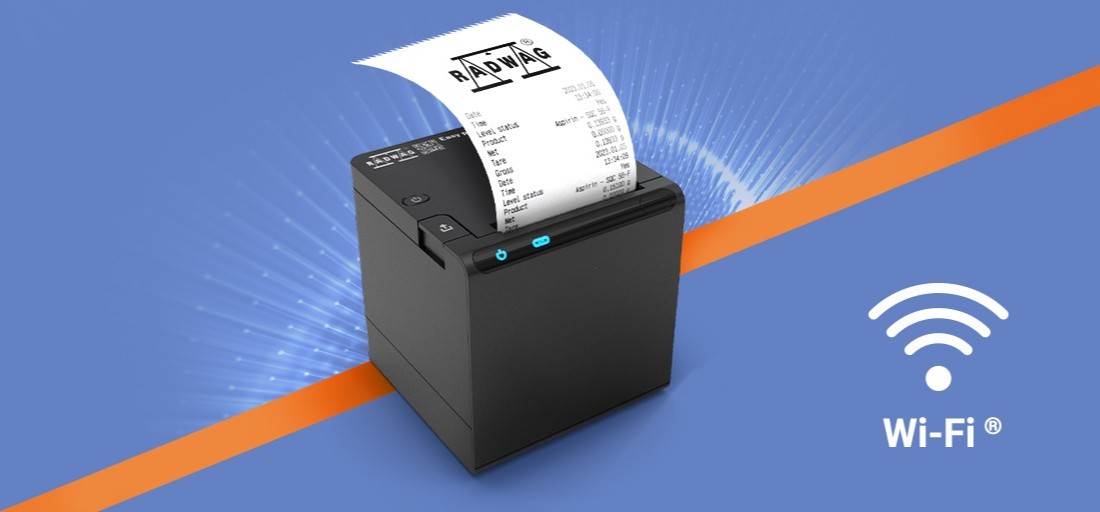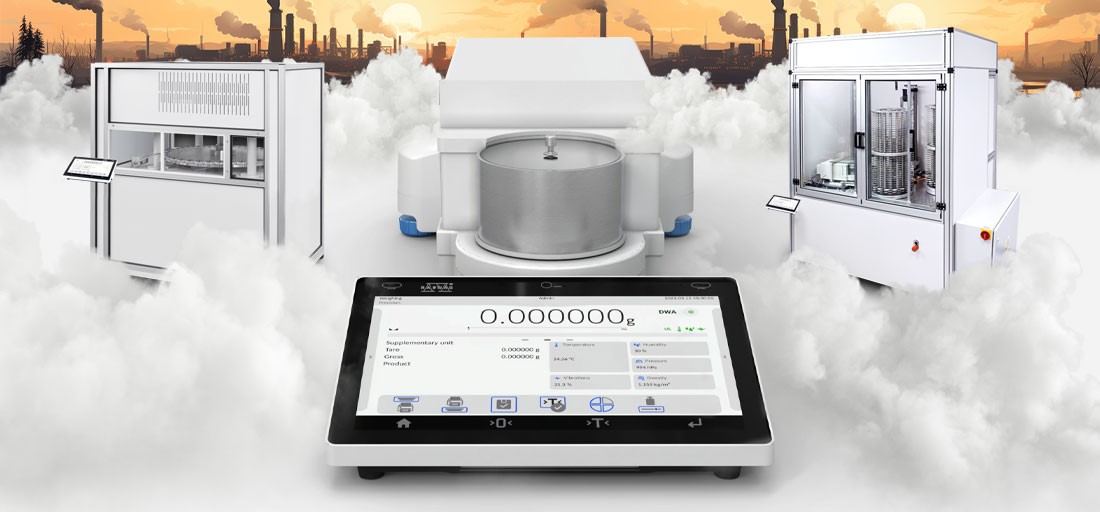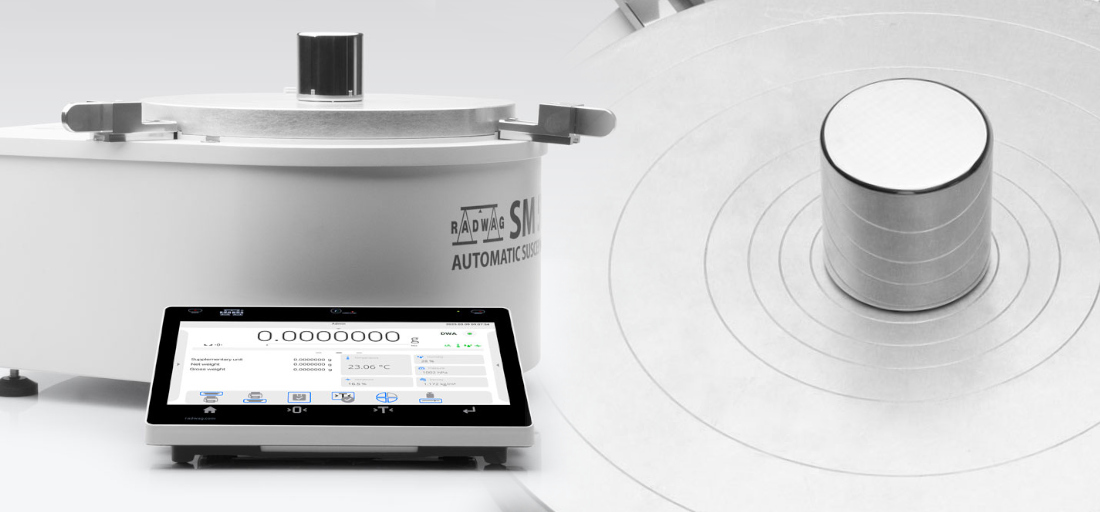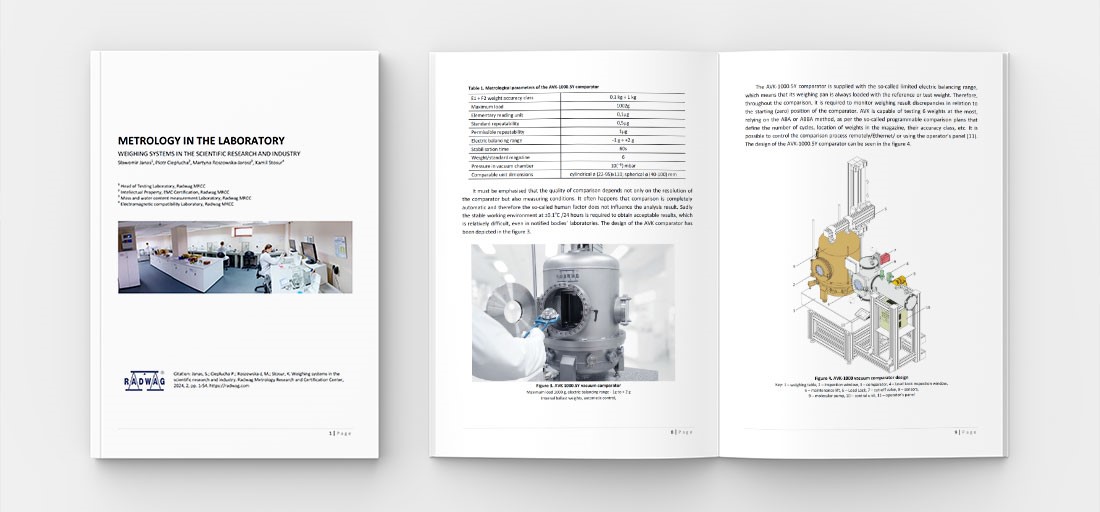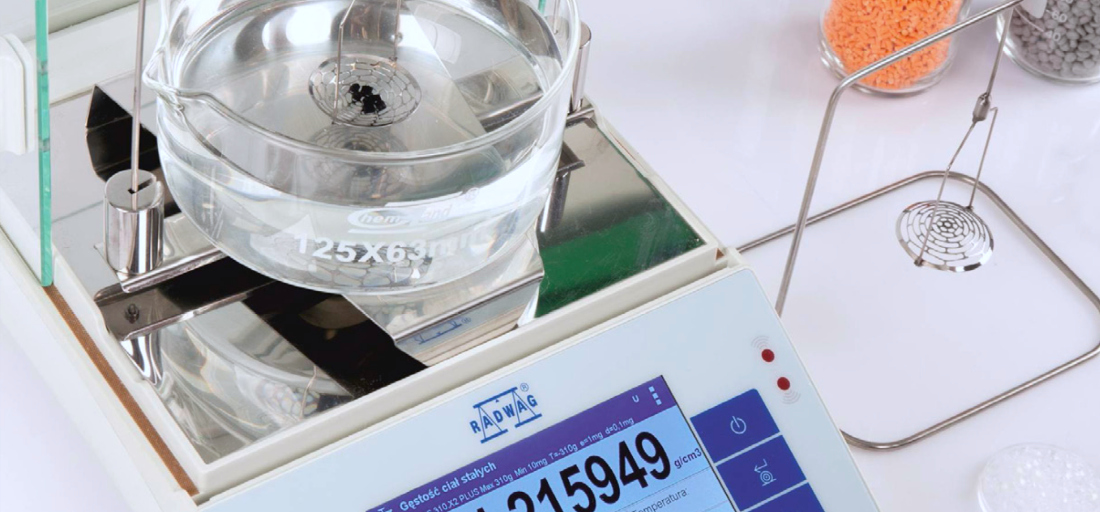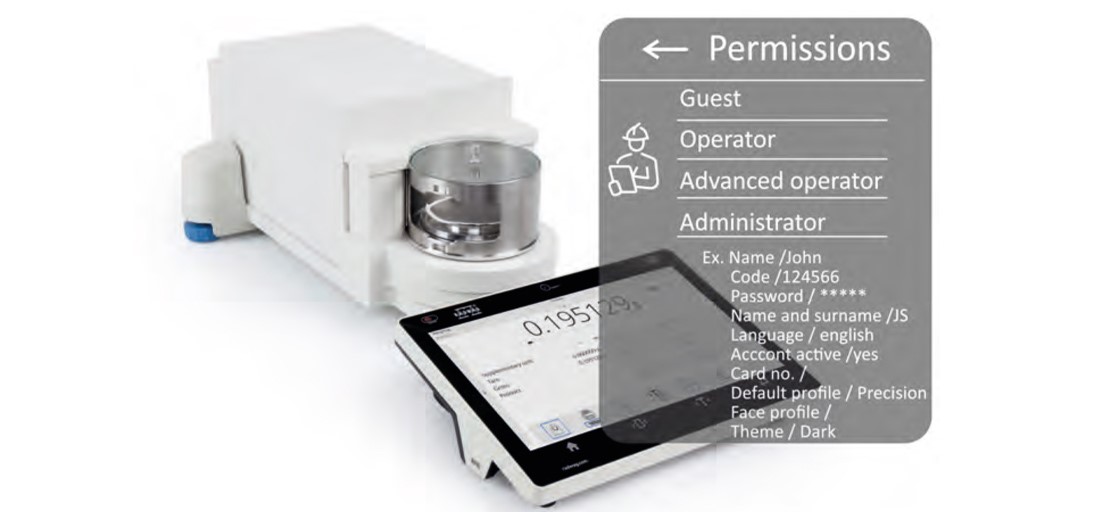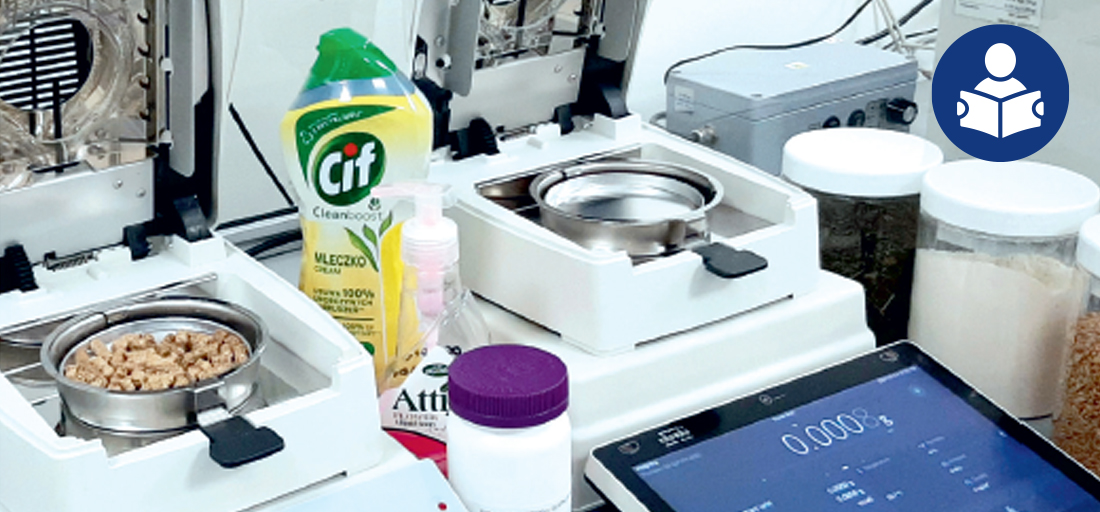Have You Made These Mistakes Yourself Too? Inappropriate Conditions in the Weighing Room
.jpg)
When we select a weighing instrument, we mainly pay attention to its parameters. This is because we are of the opinion that the guarantee of the greatest accuracy and the best indication repeatability goes to the parameters. Is it really so?
Indeed, it is a fact that the balance parameters influence the weighing result. However, the credit for that does not go to them exclusively. Of a crucial importance are also the conditions at the workstation, namely weighing instrument location, cubic capacity of the workroom, temperature, humidity, air drafts, and light, as well as electromagnetic compatibility.
Inappropriate Conditions in the Workroom
1. Wrong Location
If there are vibrations or quakes in the workroom, then it is necessary to eliminate them by placing the balance on a convenient base, for example on an anti-vibration table. Additionally, it is a must to get rid of magnetic components, which may disturb the weighing process, and static electricity, since it significantly influences the accuracy of mass measurement. The weighing workstation cannot be exposed to air drafts, and the power supply system must be neither unstable nor unprotected against disturbances.
.jpg)
2. Inappropriate Cubic Capacity of the Workroom
Factors such as cubic capacity and the number of people staying inside the workroom at the same time influence the thermal stabilisation of the facility.
The workroom shall not be too small since people staying inside will cause rise in heat, which as a result will bring about the dynamic temperature error. Besides, maintaining stable temperature in such a room requires the air conditioning to run in an ongoing manner. This, first of all, generates air drafts and, second of all, is costly.
3. Inappropriate Temperature in the Weighing Room
Temperature in the workroom where weighing is realised must be stable within the range specified in the user manual. The temperature is considered stable if it does not vary more than 0.5 °C per hour.
There are weighing instruments with external and internal adjustment. In the case of those balances with external adjustment, the accuracy must be set whenever the ambient conditions change. When it comes to balances with an internal adjustment, the process of accuracy regulation takes place automatically – in consequence of temperature change and time flow.
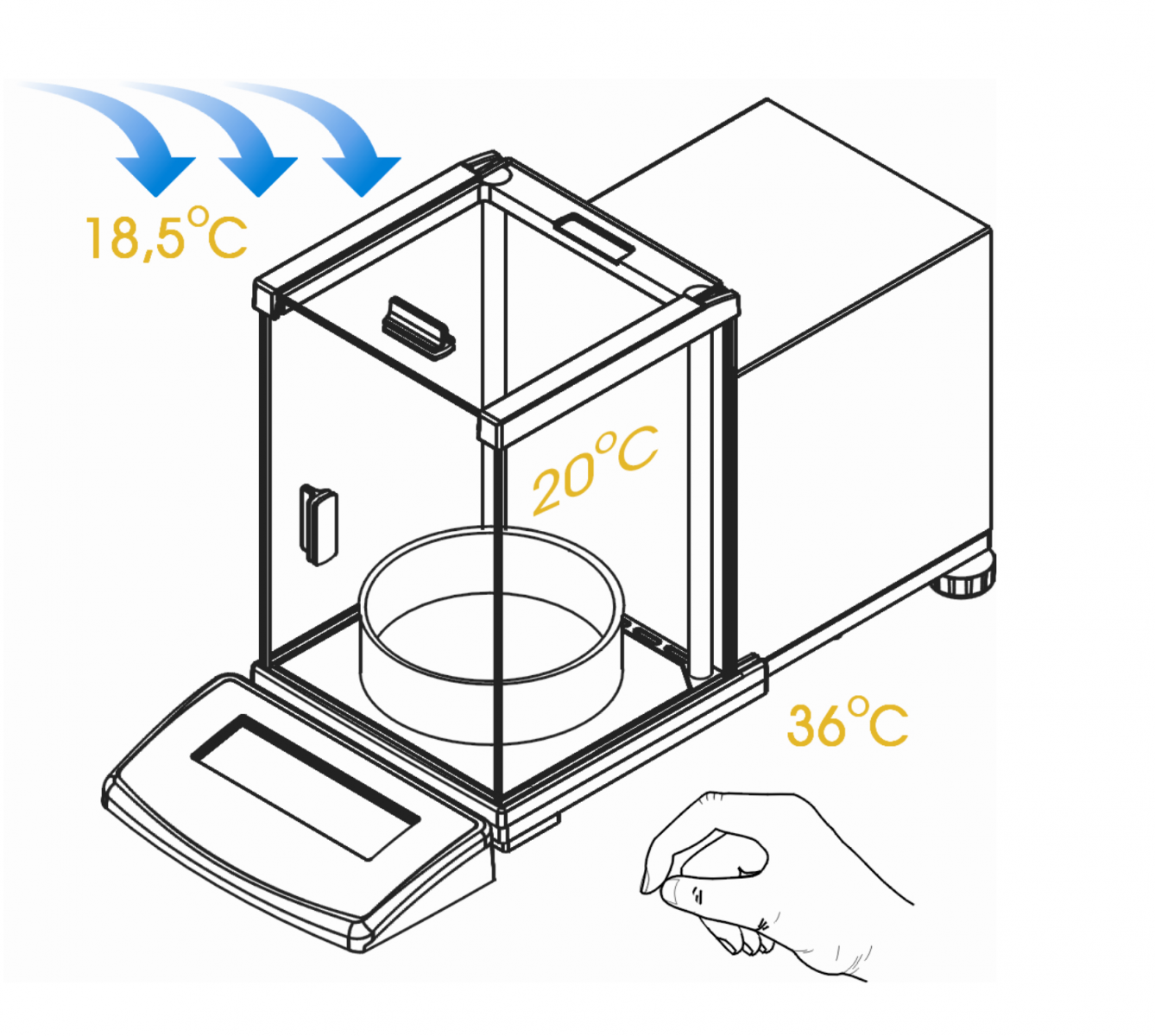
4. Inappropriate Humidity in the Weighing Room
Optimum value of humidity in a weighing room ranges between 40-60%. Too high humidity may negatively influence the comfort of operation, it may also result with absorption of moisture by the analysed samples. On the other hand too low humidity may pose the risk of electrostatic charges occurrence. They might disturb measurement accuracy and weighing device stability.
5. Air Drafts in the Workroom
Air drafts are a cause of unstable indications and longer weighing time. With regard to this, the weighing instrument cannot be placed near door, windows, air conditioning, fans, traffic routes and devices that generate air drafts.
6. Inappropriate Light in the Workroom
It is necessary to avoid placing balances in a vicinity of windows and other sources of light, since the temperature the light generates may disturb the measurement.
7. Lack of Electromagnetic Compatibility
The lack of electromagnetic compatibility leads to interfered operation of devices working in the same room.
Electromagnetically compatible device:
- emits electromagnetic disturbances in an amount which does not interrupt operation of other devices,
- is not affected by disturbances emitted by different equipment.
The user has no influence on the compatibility of used instruments, he/she must rely on manufacturer's declarations.
In the case of verified balances, declaring conformity regarding the EMC with EN 45501 standard is not enough, it covers balance resistance test only and does not involve emission tests. Therefore, extra tests proving balance compatibility with, for example, PN-EN 61326-1 standard, are required.
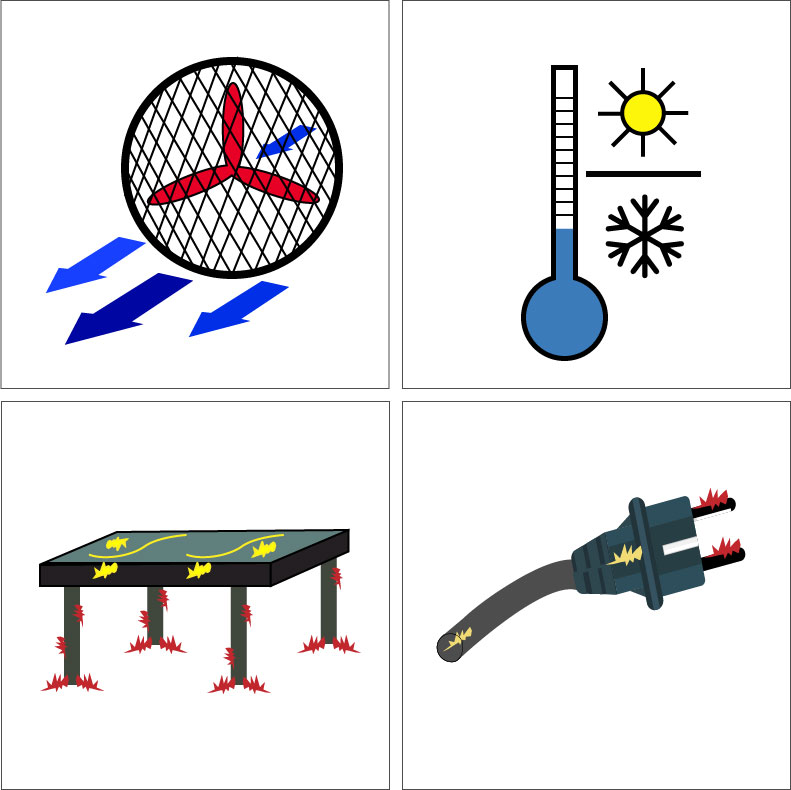
Inappropriate temperature in the workroom, wrongly selected location for balance installation, maybe vibrations or air drafts... - do you make these mistakes too? If you have no idea how to avoid them, get in touch with our expert, who will be happy to clear out any doubts of yours.

